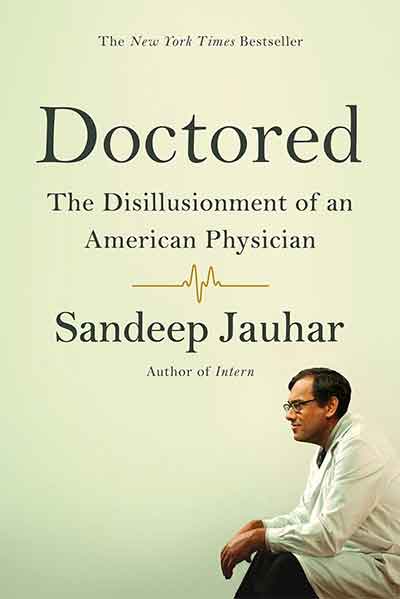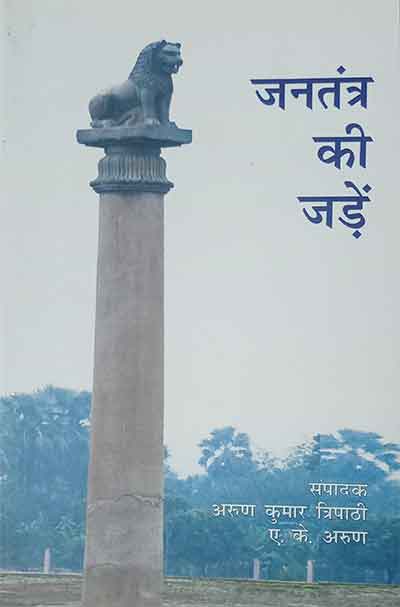This is a Foreword by Kancha Ilaiah Shepherd to a well known book of Ali Anwar called Masawat Ki Jung (Hindi) on caste among Muslims. The English version is now published by Forward Press Delhi, with the title The Battle For Equality. The English book has just come out. It is the first ever written book on caste by a Pasmanda Muslim scholar.
 Ali Anwar wrote his seminal Masawat Ki Jung in Hindi in 1997. V.P. Singh, who served as prime minister briefly in 1989-90 with a Dalitbahujan-friendly philosophy and implemented some of the recommendations in the Mandal Commission report, released the book in 2001. B.P. Mandal, who chaired the commission that wrote the report, and Sharat Yadav, Lalu Prasad Yadav, Mulayam Singh Yadav, Kanshi Ram and others, who worked for their implementation, together formed the ideological force behind the social-justice agenda of the report. The post-Emergency India witnessed both Mandal and Kamandal movements from the womb of the same khichdi party called Janata Dal. While all the leaders from the brahmanical Dwija castes – brahmin, bania, kayastha, khatri and kshatriya – were against the implementation of Mandal Commission’s report, leaders who hailed from exploitative Muslim upper castes that had Dwija roots also remained silent at that critical juncture.
Ali Anwar wrote his seminal Masawat Ki Jung in Hindi in 1997. V.P. Singh, who served as prime minister briefly in 1989-90 with a Dalitbahujan-friendly philosophy and implemented some of the recommendations in the Mandal Commission report, released the book in 2001. B.P. Mandal, who chaired the commission that wrote the report, and Sharat Yadav, Lalu Prasad Yadav, Mulayam Singh Yadav, Kanshi Ram and others, who worked for their implementation, together formed the ideological force behind the social-justice agenda of the report. The post-Emergency India witnessed both Mandal and Kamandal movements from the womb of the same khichdi party called Janata Dal. While all the leaders from the brahmanical Dwija castes – brahmin, bania, kayastha, khatri and kshatriya – were against the implementation of Mandal Commission’s report, leaders who hailed from exploitative Muslim upper castes that had Dwija roots also remained silent at that critical juncture.
The top Muslim leaders had a Dwija background and controlled the political system of India during both the Muslim and the British rule. They proposed the Two-Nation Theory and led the Muslim ideological battles leading to the partition of India. Mohammad Ali Jinnah came from Khoja-Bania background and Allama Iqbal came from Kashmiri Brahmin background. They played key roles in the partition.
Both the native Dwija converts and the pathan and mughal descendants stood out because of their physical appearance. They did not allow the Muslims who converted from the productive communities to educate themselves and improve their lives. This pattern of Dwija Muslim hegemony continued in independent India. Since the Congress rejected Ambedkar’s thinking and the reality of caste inequalities, it allowed only the Dwija English-educated Muslim leaders to rise through its ranks and end up in positions of power. Partition gave longevity to casteism because such a barbaric system did not get the global attention as much as the partition and the Muslim question did.
The notion that Indian Islam is free of the caste system is a myth. Caste system is part of every religion in India. Among Indian Muslims the migrant khans, pathans, mughals have mostly identified themselves with Indian Brahmin and other Dwija communities historically, even though many Dwijas hated Islam as it offered one-God-and-one-Book spiritual philosophy as against the Vedic philosophy of the Varna Dharma. Muslim scholars, as they too were mostly from the brahmanical background, never wrote anything on caste system and untouchability in India both in medieval and modern times. If they wanted to abolish caste and untouchability during the Mughal period they could have done it. But the advice of the brahmin pandits was that caste and untouchability were part of the Hindu-brahmanical sacred system, hence fiddling with it would be seen as blasphemous. Thus, they made sure that the Muslim rulers and scholars were completely indifferent to those issues. The Muslim scholars after Alberuni (973-1050) did not make any intellectual attempt to study the caste system. After Alberuni (or Al-Biruni), Ali Anwar is the first writer to look at the caste composition of Indian Muslims and also study the nature of caste in India, though briefly. However, his main concern in this book is reservation for Pasmanda (Backward-caste) Muslims, not abolition of caste.
The Brahmin and other Dwijas teamed up the Muslim intellectuals, both of whom were educated in Persian, Urdu and English, and misled the Muslim rulers and the masses. They never saw caste and untouchability as anti-Allah. They never analyzed the caste system in light of the last sermon of Prophet Mohammad that all human beings are equal in the eyes of Allah.
The Prophet had said: “All mankind is from Adam and Eve, an Arab has no superiority over a non-Arab nor a non-Arab has any superiority over an Arab; also a white has no superiority over a black nor a black has any superiority over a white except by piety (taqwa) and good action. Learn that every Muslim is a brother to every Muslim and that the Muslims constitute one brotherhood. Nothing shall be legitimate to a Muslim which belongs to a fellow Muslim unless it was given freely and willingly. Do not, therefore, do injustice to yourselves.”
The Muslim scholars and rulers of India did not see the worst inequality in the world that had been operating here for thousands of years in the form of caste. Assuming that the Prophet was talking about Muslims being equal in all respects, as he did not refer to humans outside Islam, the Indian Muslim scholars and rulers may not have paid attention to caste and untouchability and the barbaric human relationships in a majority non-Muslim Indian society, but why didn’t they see those barbaric inequalities among themselves? Even after converting to Islam, Indian Muslims couldn’t shed their castes because the caste was tied to their occupation and vice versa. Islam should have treated every work as given by Allah and equally respectable – whether it was shoe-making or pot-making or teaching or tilling the land or writing. Why did not Muslim scholars focus on this aspect of Islam in India and allow the caste system to survive a conversion to Islam? This is where Ali Anwar’s book makes a new beginning by asking questions about this long history of Indian Islamic life.
Caste and feudalism delayed the advancement of Pasmanda Muslims, just as Brahmanism and feudalism did among the non-Muslim Bahujan. Thus the curse of caste continued to penetrate deeper and deeper into the Muslim community as several caste communities along with their occupational background converted into Islam particularly during the Mughal period. Even after conversion, education and equal opportunities eluded most of them.
Many among the Muslim elite speak and write in four languages: Urdu, Arabic, Farsi and English. These are languages which bring with them opportunities, and access to literature from, outside India. But the oppressed working-caste/class Muslims were denied opportunities to learn these languages and instead were exploited by the brahmanical Hindus and Muslim feudal and exploitative castes.
Masawat Ki Jung means ‘The Struggle For Equality’. This book is about the struggle for equality among Indian Muslims. It is not a book about abolition of caste among Muslims in India but about the need for recognition of the castes among them and for the extension of reservations to the Dalit and OBC Muslims based on proper assessment of their caste background. Caste enumeration among Indian Muslims is more difficult than among the non-Muslim Indians because caste is not a daily-talked-about identity category among Muslims, but it exists for every practical purpose.
Among Muslims, caste cannot be verified through names and surnames, though some surnames like khan, syed, chaudhary are caste indicators. But occupation is the main indicator of caste among them. Against all odds, Ali Anwar embarked on a study of caste oppression among the Muslims of Bihar, thus making this book based on the study a path-breaker. It has actually opened the wound that has been eating into Indian Muslim society throughout its history without any diagnosis. The disease has been diagnosed but those afflicted with the disease have yet to be treated.
Now that the book is being brought out in English by Forward Press, it will enter into the wider global Muslim and non-Muslim intellectual discourse. Ali Anwar does not talk about equality in a general theoretical sense, rather it addresses the equality question among Indian Muslims historically. It tells the story of Dalit, Adivasi and Shudra/OBC Muslims who converted to Islam. This is a case study of caste among Bihar Muslims with implications for all Indian Muslims.
The book shows that Indian Muslim society is as brutal as brahmanical Hindu society when it comes to caste discrimination. The book could pave the way for Pasmanda intellectuals joining hands with Phule-Ambedkarites across India. I am sure this will strengthen the struggle for the abolition of caste from Indian soil within the framework of democracy and constitutionalism. If this is indeed the case, by the time India celebrates its centenary of political democracy in 2047, casteism in all spheres should be weakened leading to its ultimate abolition.
(Kancha Ilaiah Shepherd is a political theorist, social activist and author. He is well known for his intellectual contribution towards anti-caste struggles in India and abroad. He has been arguing that Muslims in India must overcome the caste and women’s inequality within Indian Islamic social, spiritual and economic life. He was earlier the Director of the Alberuni Centre for Study of Social Exclusion and Inclusive Policy, Maulana Azad Urdu University Hyderabad)

















































